I love teaching ukulele in the elementary music class. The kids get so excited to get their hands on the instruments and feel like they’re really rockin’ out in class! There are many method books to get kids playing ukulele, but I’ve discovered over the past 4 years the best curriculum is the one already in YOUR classroom.
Think about it! You scaffold instruction from easy to difficult from the day your students walk in the room. They learn TONS of folk tunes from you! They learn how to read tonal and rhythmic patterns from you! They learn to hear and sing harmony from you! What else do they need? Just a little excitement and structure from you!
When and how to begin ukulele?
The first grade level that gets to play the ukuleles in my room are the 2nd graders. I know this might seem young to many, but my ukuleles are a big deal in my room. My students can’t wait to use them. Do you have to start this young? NO! Start when it works best for YOU! The reality is that my second graders only learn the basics on the ukulele. They learn how to hold them, the names of the strings, and how to strum on open strings. Then we practice reading lots and lots of strumming patterns. It’s a great reinforcement of rhythmic reading for them. I make up practice tracks on Garage Band so that they can practice strumming rhythms at different tempos. It’s a great way to get ukuleles into students’ hands and get them excited about learning!
Starting with C7
The first chord we learn is C7. It seems like a funny chord to start with as I only know of one song that uses C7 the entire way through –
Lime in the Coconut – but here’s WHY I teach it first. It’s uses the first fret, first finger on the A string. It’s really easy for little ones and gets them excited about playing. So we strum along to the Muppet’s version of
Lime in the Coconut. Moving to the C Chord
Then the real work begins… We move to the C chord. Still on the A string, but 2 frets down and using the 3rd finger. A tiny bit harder. I always introduce C as C7’s cousin, then show my kids how to walk their fingers down to find the chord. Then we play 5-6 one chord songs from my resource,
Sing & Strum. The fun thing about those tunes is that they are all familiar tunes the kids have sung before in earlier grades. We also practice toggling from C to C7, so that they understand that the fingers are going to have to move. Then here’s where we start to have some fun…
Next Chord: F
Next we learn the F chord. The nice thing about the F chord is that it’s only 2 fingers and if you move from the C7, it’s not too hard (and you have a I-V7 chord combination for later)! We take those same 5-6 one chord songs and play them again, so that students also learn that key signatures are not static either.
Adding the G7 Chord
From there, I introduce the G7 chord. I know some who prefer the G chord and teach its relationship to the C chord, but I like the dominant seventh sound. Now, my students have 4 solid chords and are ready to move on to 2-chord songs!
There are so many 2-chord folk tunes to choose from! The nice thing about the 4 chords they know is that we can play them in C major or in F major! What a great opportunity to talk to students about choosing an appropriate key for singing range. Performing artists do it all the time! We pull 5-6 2-chord songs from
Sing & Strum and work on them together. I also like for students to discover strumming patterns that work with a song. I can “give” them patterns to play but the reality is if I want them to be informed musicians that can make choices for themselves, they have to work it out on their own and understand how and why certain rhythm work better than another.
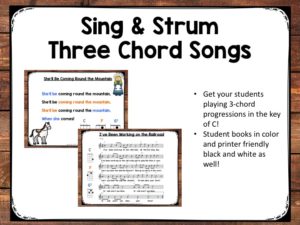
Once my students have had success learning the G7 chord and practice toggling between the C and G7 chord, we begin the journey of 3-chord songs. Each time I introduce a new chord, or a new harmonic sequence, we always go back to those Garage Band Practice Tracks. The nice thing about them is that you can build each track with different harmonic sequences, varying tempos, etc. That targeted practice really helps students build their confidence and capacity to move between chords. Again, find those folk tunes you’ve been using in your own instruction to build a repertoire for your students!
Moving Beyond C, F, and G7
At the point that my students know and can perform songs with 3 chords, then it’s simply layering a new chord as necessary when introducing new songs. I tend to introduce the G chord once they have command of moving between C-F-G7. Other chords that come quickly are the D chord, Am, Em, and A chord.
I tend not to teach finger picking or TAB until 5th grade. I know opinions will vary greatly about this, but it’s what is best for my students. Fine motor varies greatly for children. Some kids may pick up finger picking quickly whereas others will struggle. I want to build on their excitement for the instrument quickly, and strumming and chords tends to work best for my students.
Incorporating Pop Songs
Once my students are in 5th grade, we move away from folk tunes and more to the pop songs they love. There are many sources for play-alongs or chords for these tunes. My favorite resources are
UkuTuner.com and
Dr. Jill Reese’s YouTube Channel.
UkuTuner allows you to search for tunes by level of difficulty and to change the key of the song with a click of the button. The lyrics are listed for each tune – so be sure to check the appropriateness of each song before using with students.
Dr. Jill Reese has a ukulele channel on YouTube with play-along videos for ukulele. She routinely adds new songs to the channel. I love that there is a good mix of new and old tunes!
What have you found useful to teaching ukulele in your classroom? What do you still have questions about? Leave a comment for me below!







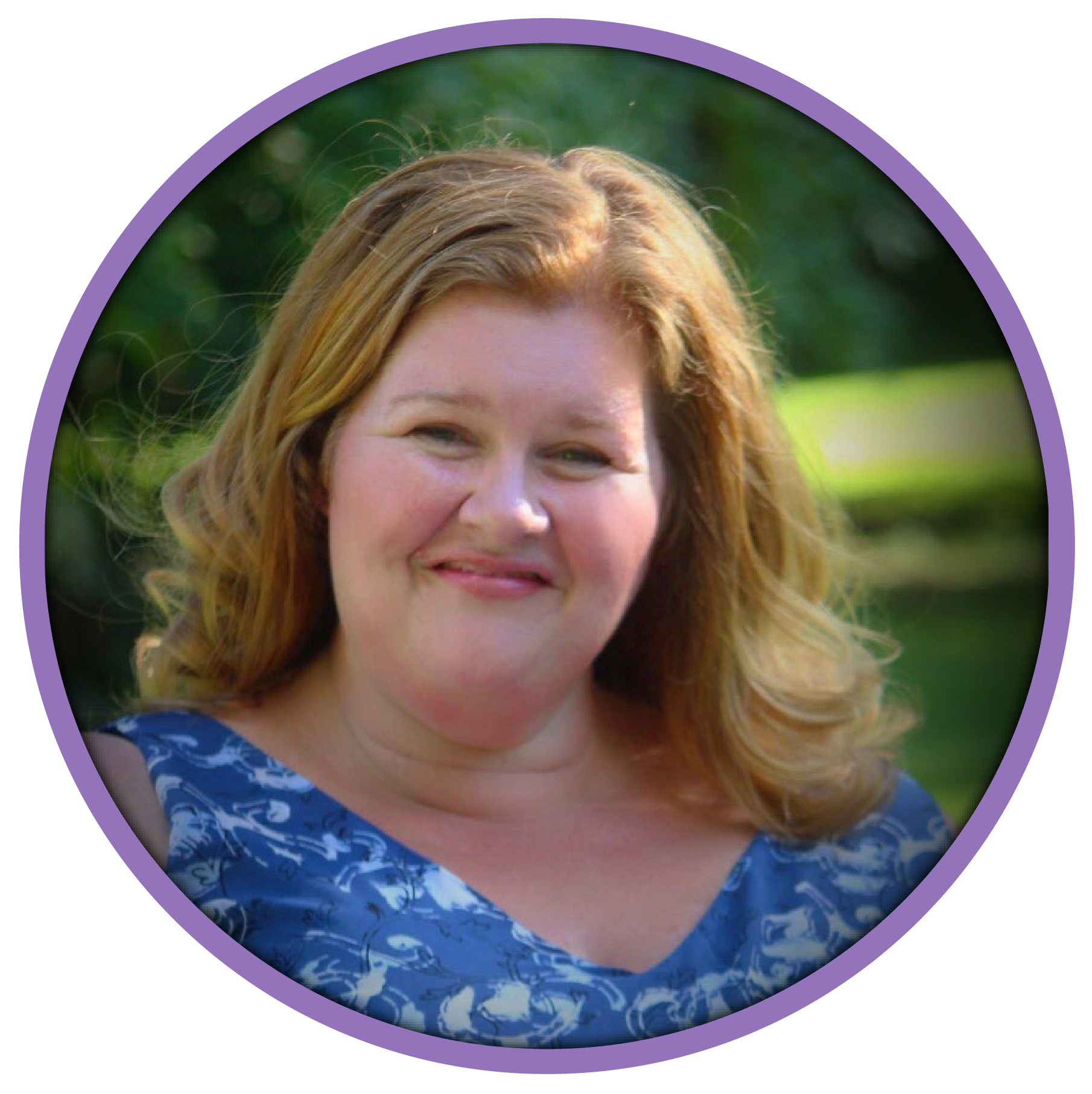
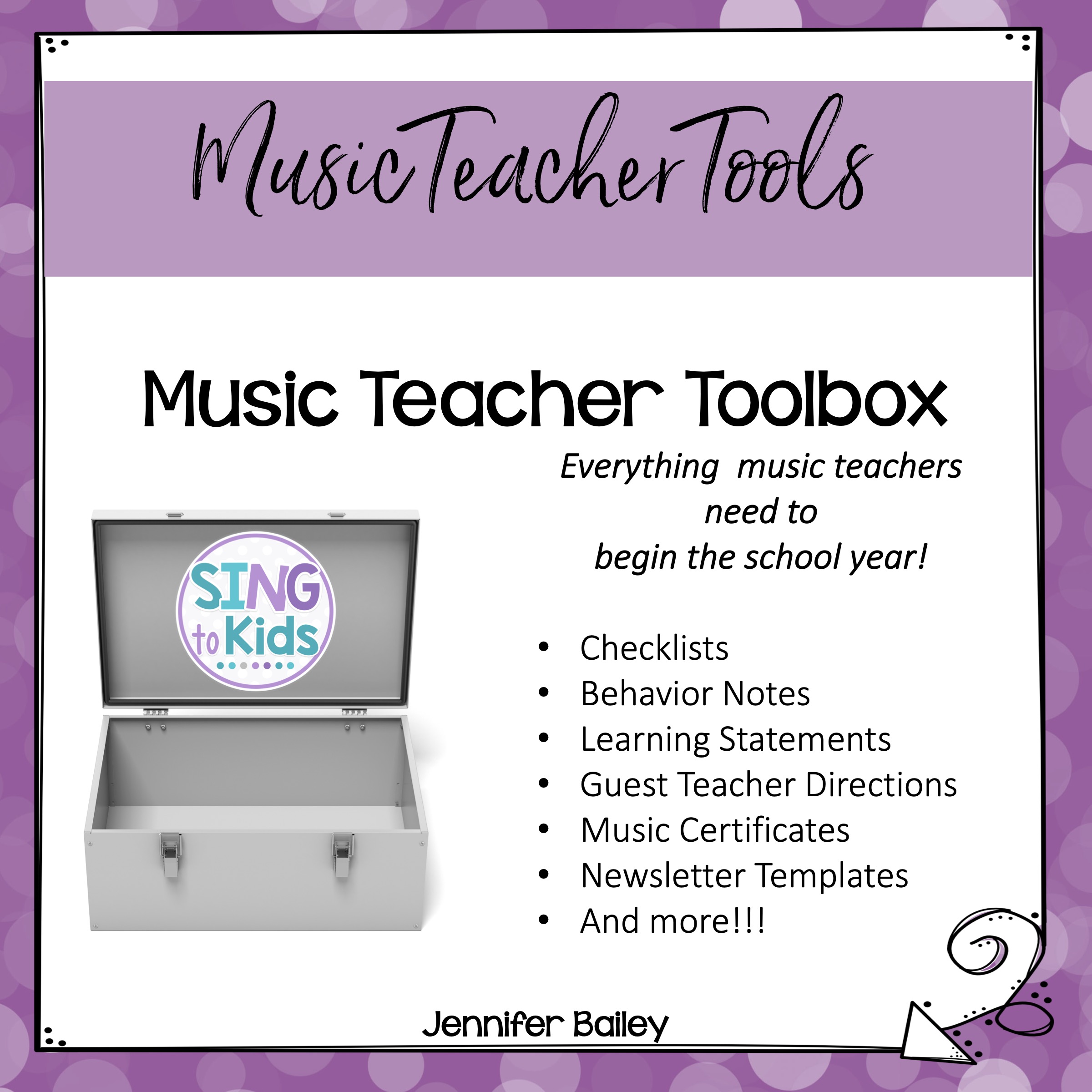

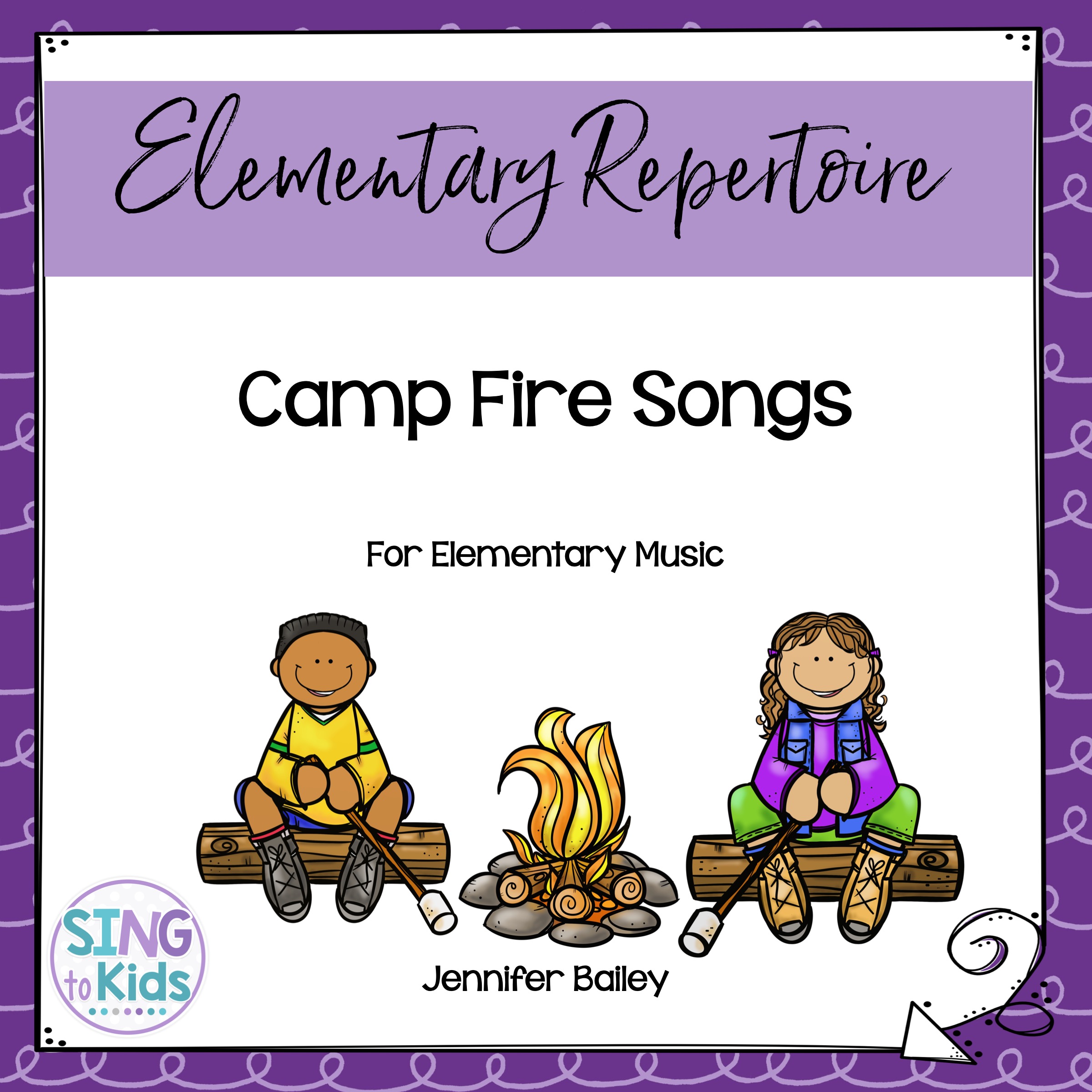
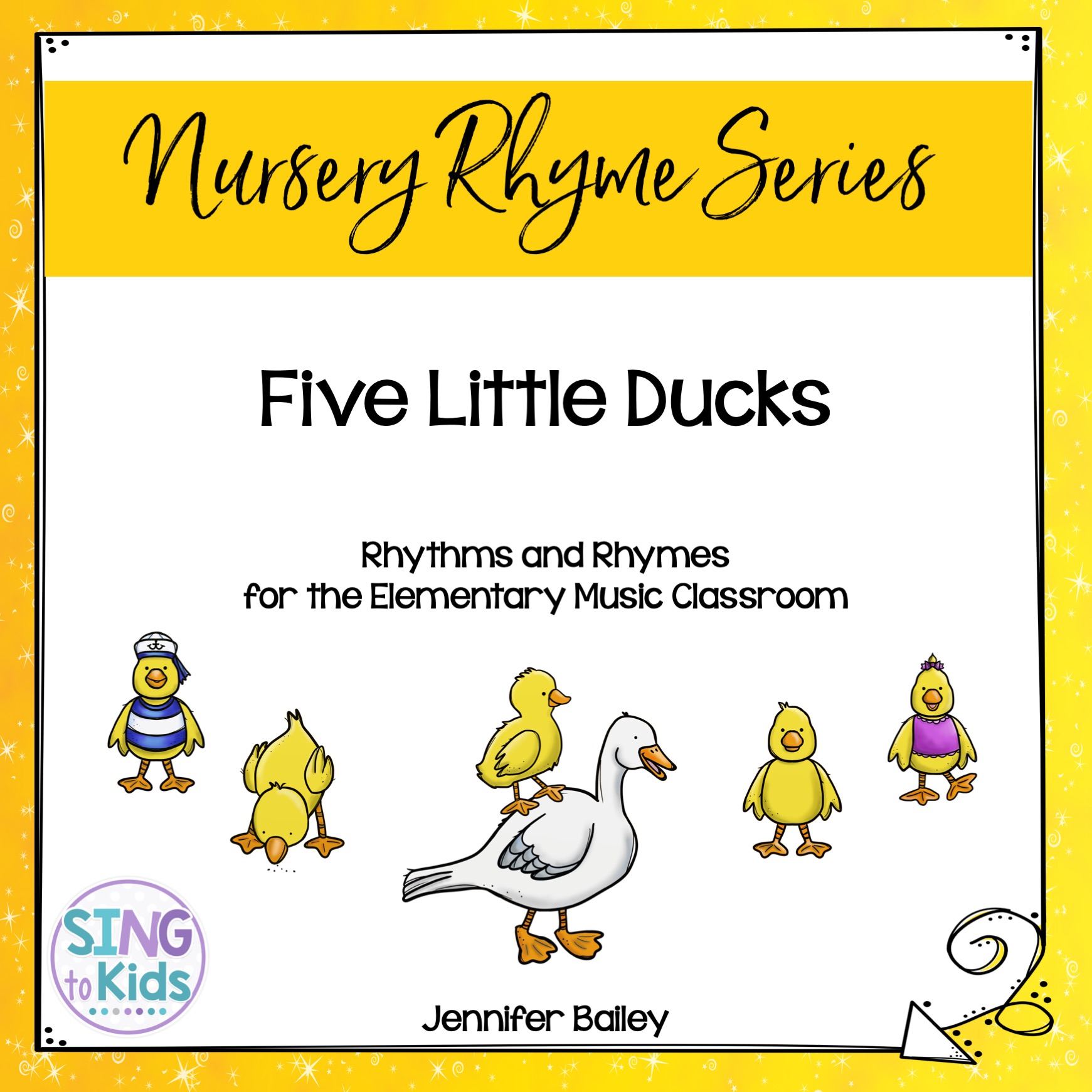
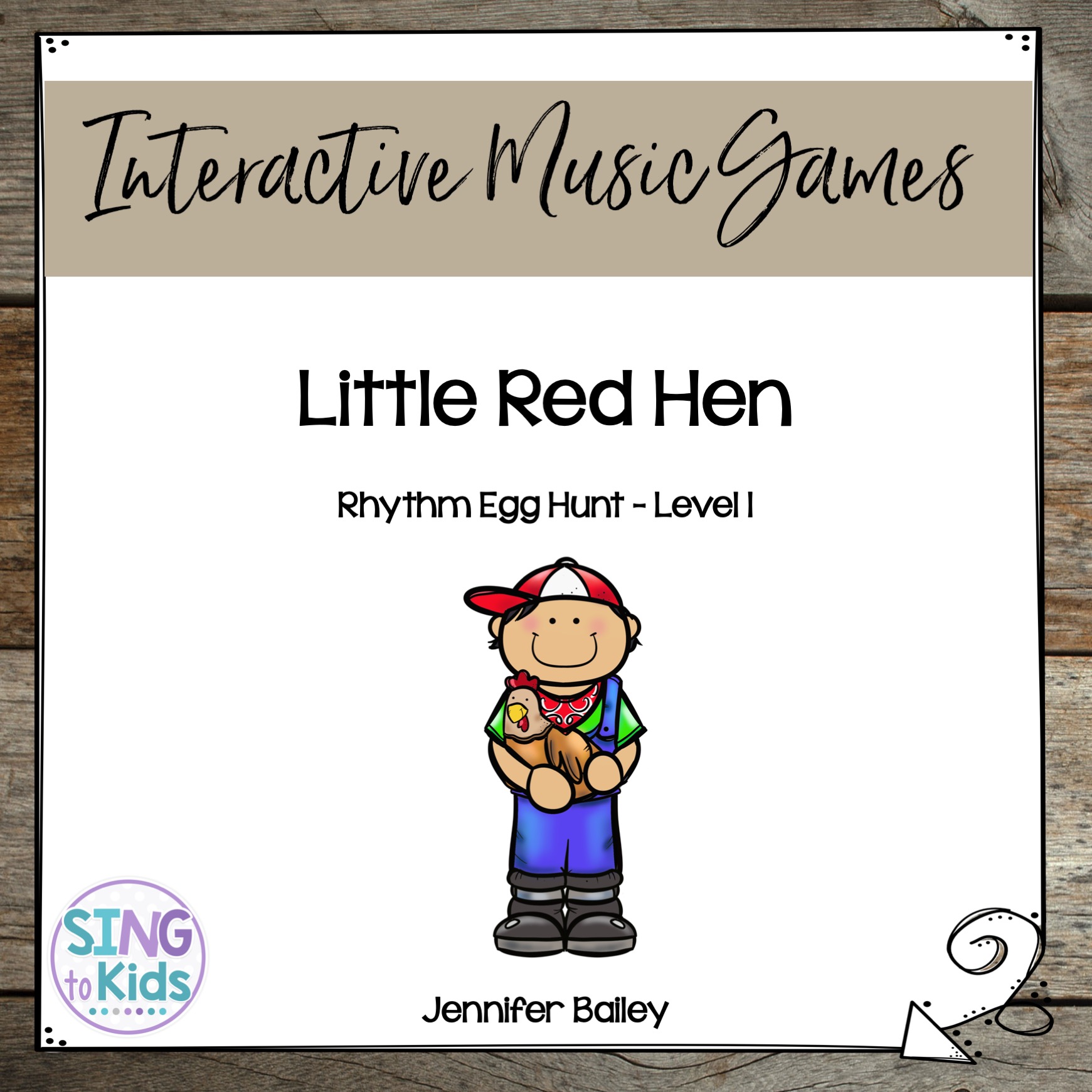
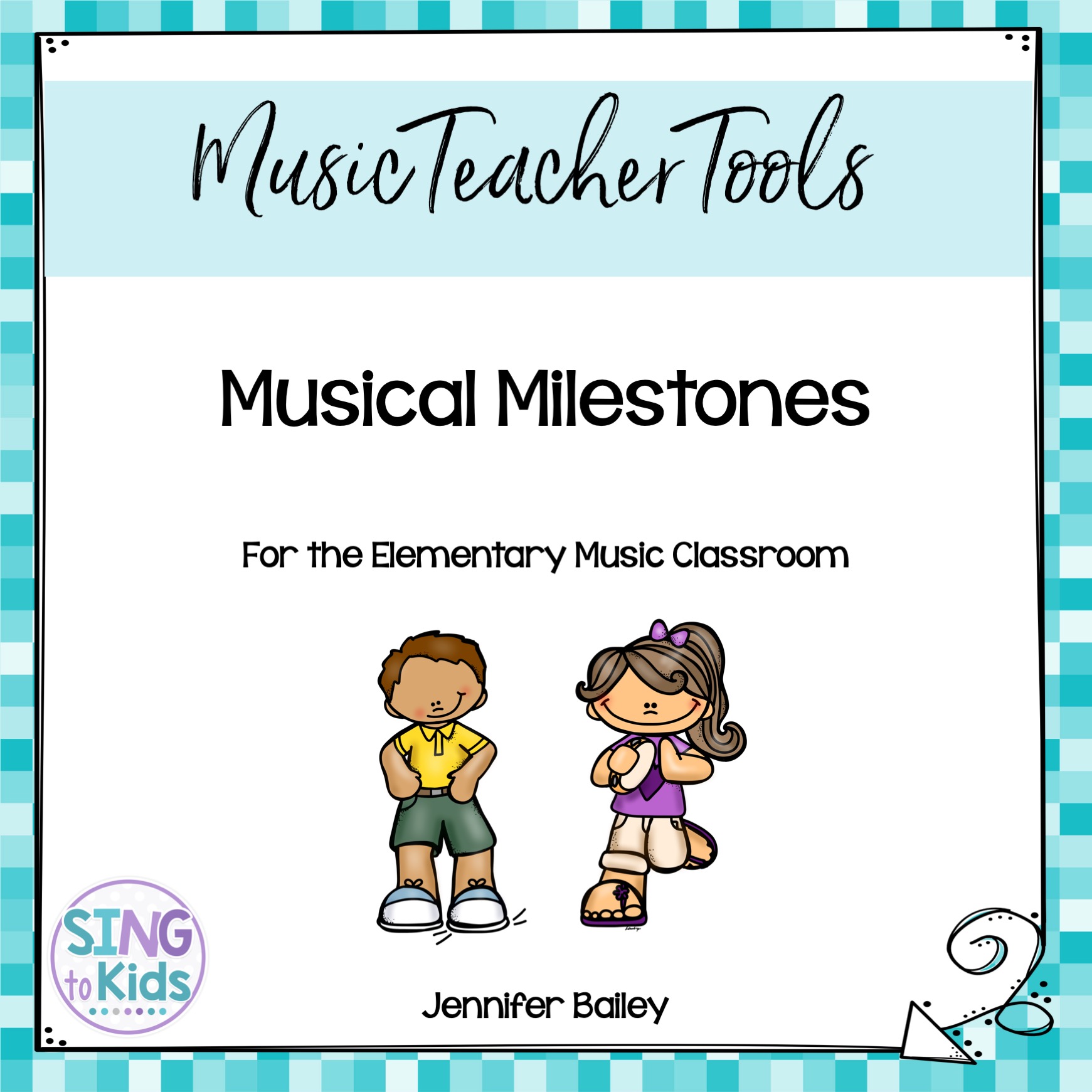
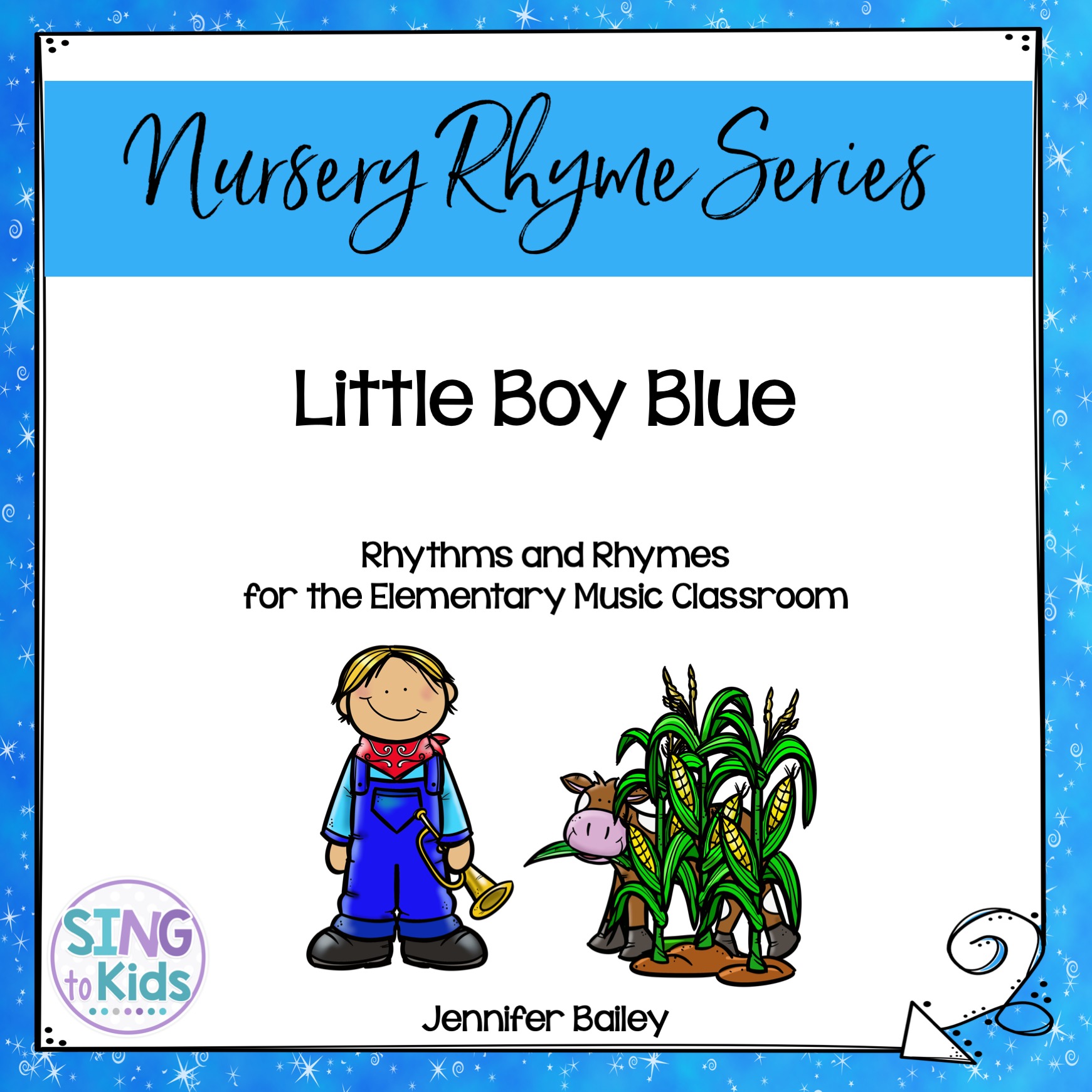
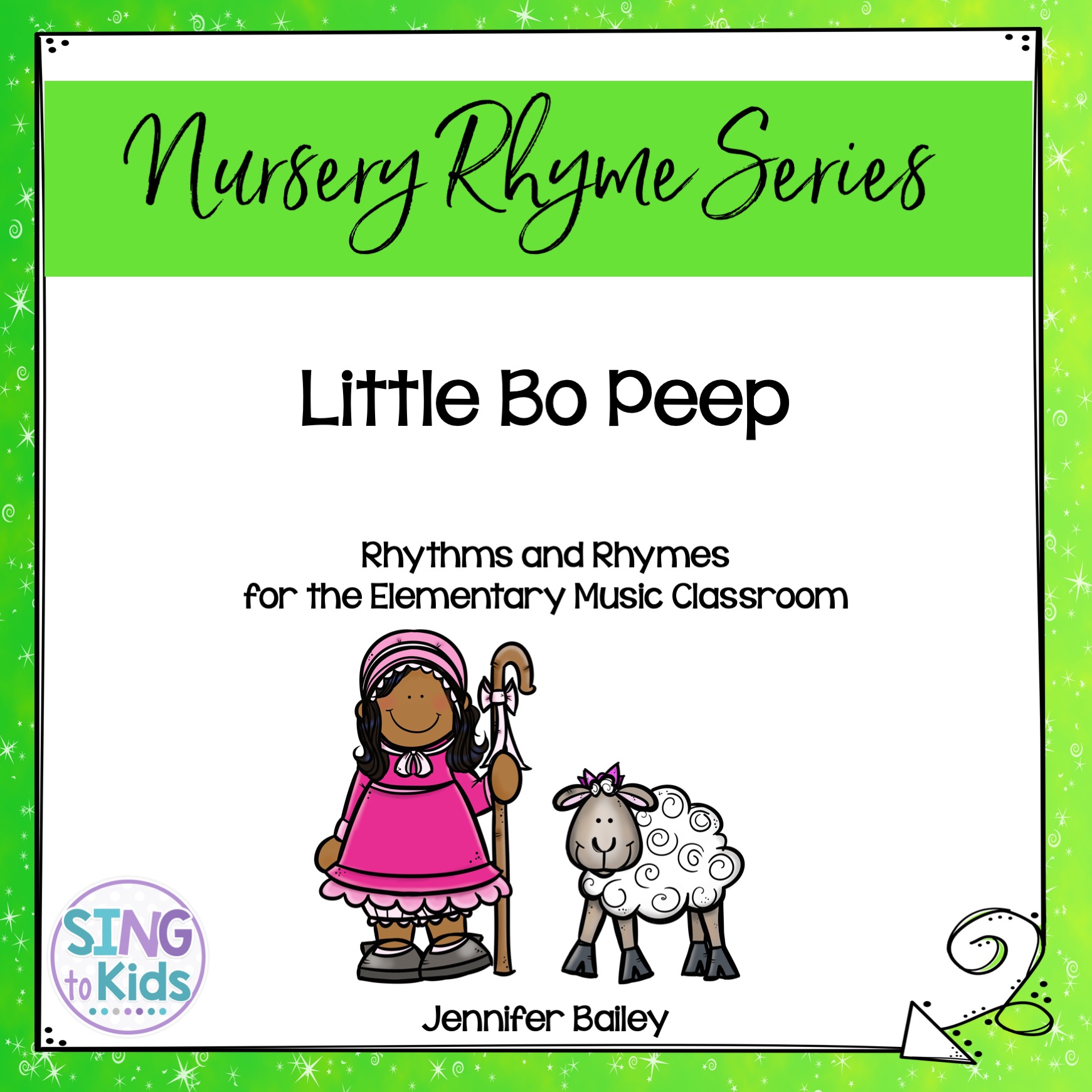
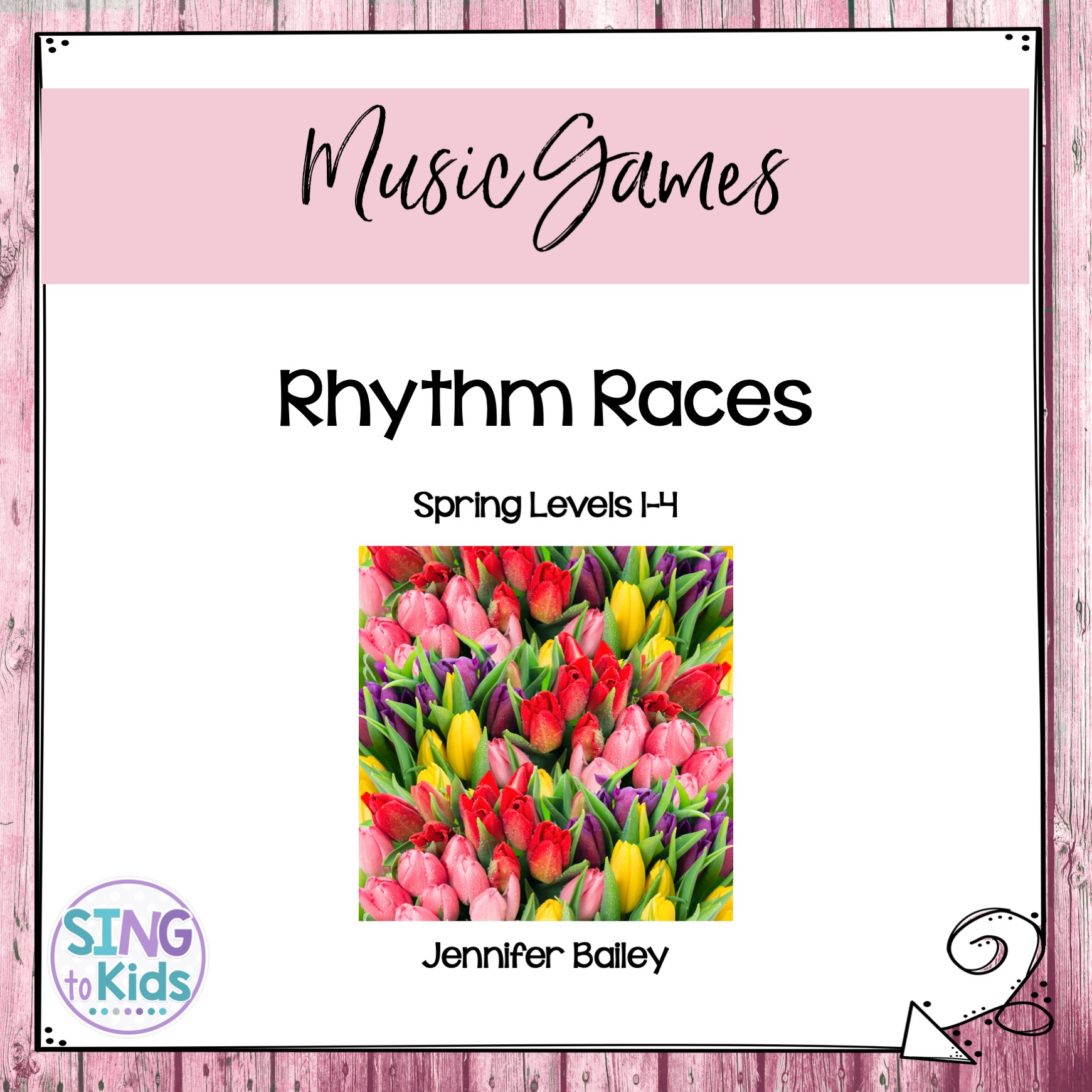
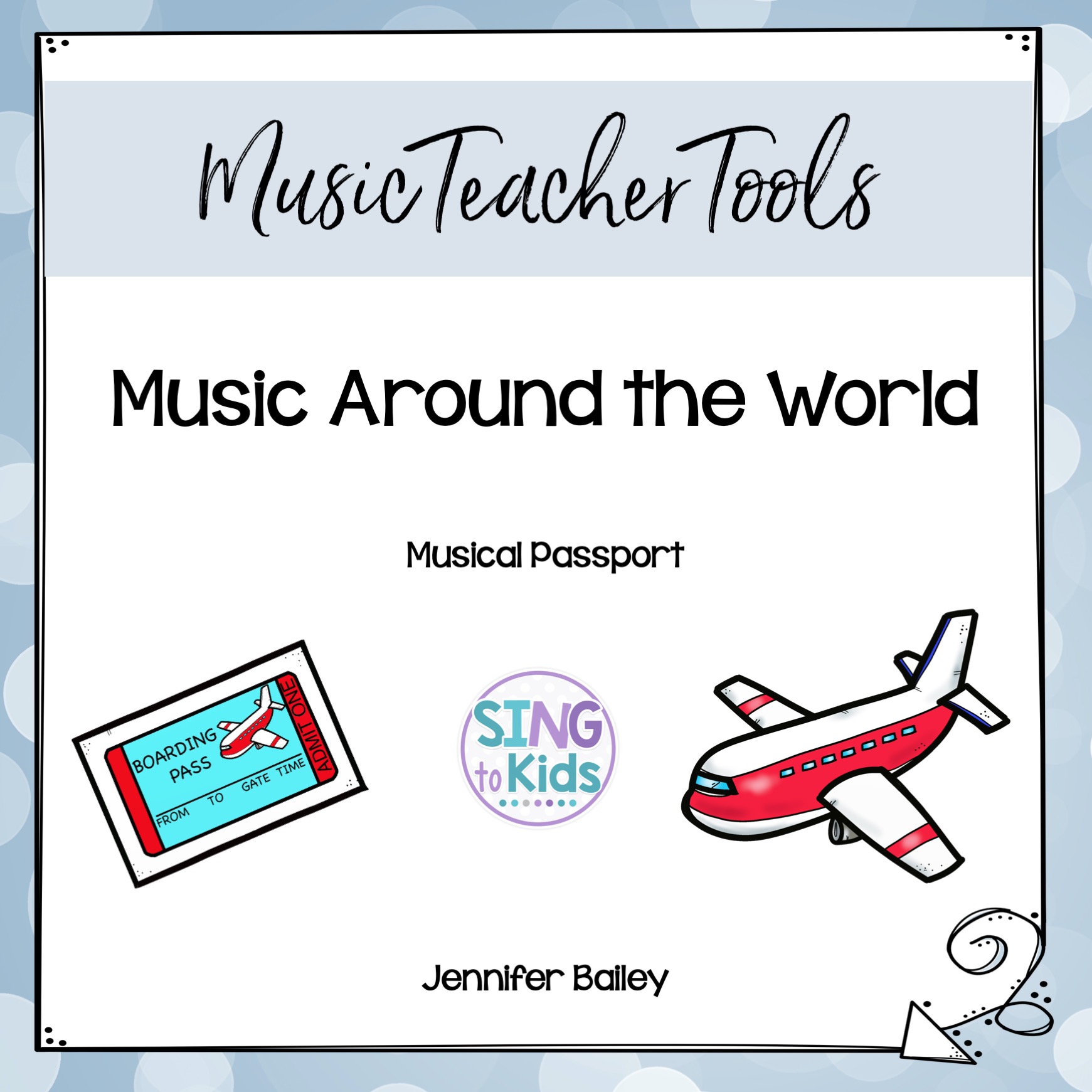
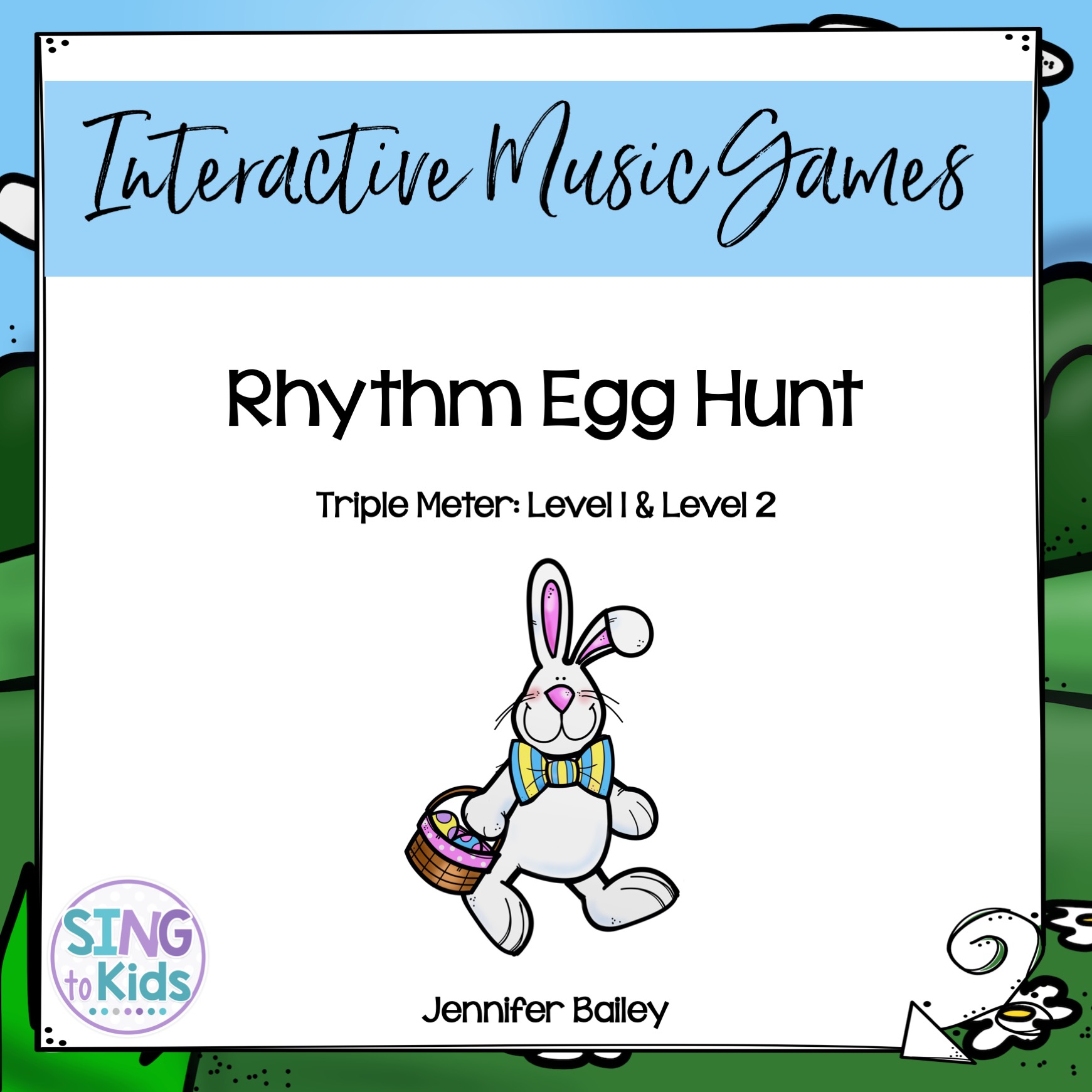
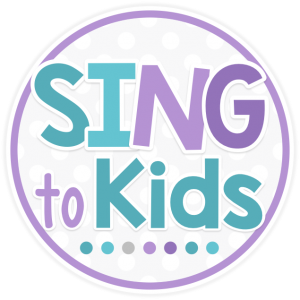

Thank you for sharing your thoughts- your sequence makes total sense to me and I love how thoroughly you have thought through when and how to introduce each skill. I love your Sing and Strum resource- it was a great help as I introduced ukuleles for the first time this year!
What size/brand of ukulele do you use with your students?
Hi Adrienne! I use Mahalo Soprano ukuleles in my classroom. For elementary, they're the perfect size. If I worked with middle school students, I would probably go up to a concert uke. My friend, Shelley, at Pitch Publications, wrote an amazing blog post about comparing starter ukulele brands. You can find it here if you'd like to read more from a music teacher's perspective. https://pitchpublications.com/ukulele-comparison-for-music-class/
For the price/sound, the Mahalos have held up beautifully. If money weren't an issue, I'd consider Luna or Cordoba too.
Thank you, THANK YOU for the Muppet, Lime in the Coconut youtube! My kids are going to LOVE it!
Hi Jennifer,
My name is Anuj Agarwal. I'm Founder of Feedspot.
I would like to personally congratulate you as your blog SingToKids has been selected by our panelist as one of the Top 100 Music Education Blogs on the web.
https://blog.feedspot.com/music_education_blogs/
I personally give you a high-five and want to thank you for your contribution to this world. This is the most comprehensive list of Top 100 Music Education Blogs on the internet and I’m honored to have you as part of this!
Also, you have the honor of displaying the badge on your blog.
Best,
Anuj
Hi there!
Can you share a bit of your process for creating the practice tracks in GarageBand?
Thank you for all the suggestions and sequencing you use! I am going to be teaching 2nd-5th graders beginning in January. I have used the Quaver Music Curriculum approach, but I also love the idea of starting with chords and then moving to the picking.
Many well wishes!